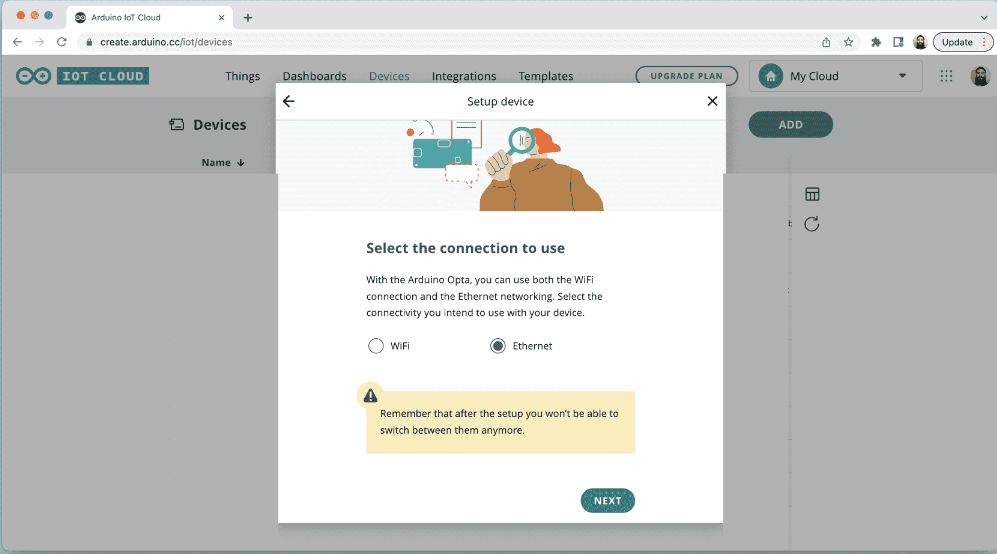If you have ever wanted to build your Internet of Things (IoT) project then while surfing online to get open-source tools and software, you might have encountered the term “open-source IoT stack”. But what exactly does it mean?
An open-source IoT stack is a suite of software components that are used to create, manage, and connect IoT apps or solutions. Or in simple words, you can say the stack consists of multiple free and open-source software components and other building blocks accumulated together to form a platform for managing and connecting IoT devices.
If we talk about the Open Source IoT stack’s software components then it can include tools for device management and data exchange, libraries for integrating third-party services such as cloud storage vendors, plugins for customizing web interfaces, APIs for data access and sharing, as well as firmware development kits or libraries that enable rapid prototyping of hardware projects with low-cost development boards and sensor modules.
Now, you might the thinking what are the advantages of using an open-source IoT stack, well there are numerous:
- First of all, it provides cost savings compared to subscription or pay-as-you-go services which usually carry ongoing costs.
- Since the IoT stack consists open source software and libraries, it gives users more control over the development process.
- Using Open source IoT stack platforms developers can make changes on their own rather than depending on vendor support.
- It offers flexibility since users can select only the pieces they need based on their individual app requirements, and finally, it encourages collaboration in the developer community since anyone can contribute back by submitting patches and other fixes via pull requests on online repositories.
With the help of various developer communities, Open source technologies are playing an important role in enabling innovation in the Internet of Things space today. And by taking advantage of these useful tools and technologies when building an IoT product or solution you can save time, effort, and money while gaining more flexibility in your implementation strategy.
If you’re interested in getting started with an open-source IoT stack then there are many options available across platform stacks – from firmware to application layers – providing all the necessary tools required to build energy-efficient products from end to end.
Some of the best platforms providing opensource IoT stack are:
- Kaa IoT Platform
- ThingSpeak
- DeviceHive
- Mainflux
- Zetta: API-First IOT Platform
- Arduino IoT Cloud
- Thingsboard.io Open-source IoT Platform
- Thinger.io
- Node-RED
- WSo2
- OpenRemote
- SiteWher

Related Posts
What is a juice-jacking attack? How can we be safe from such attacks?
Getting the right dashcam for your needs. All that you need to know
WhatsApp iPad App Gets Major Overhaul, Adds New Communities Feature
Moto G85 5G launched in India but is unlikely to beat VIVO or XIAOMI
Rise of deepfake technology. How is it impacting society?
Smartphone Apps Get Smarter- Meta AI’s Integration Across Popular Platforms